Is your OpenShot video editor lagging and slow?
Video editing is an intensive task for computers, much like gaming. It requires PCs or laptops with decent specs if you want to take on this work.
However, unlike in gaming, there are no computers targeted for video editing needs. That means users have to pick the right software and hardware themselves.
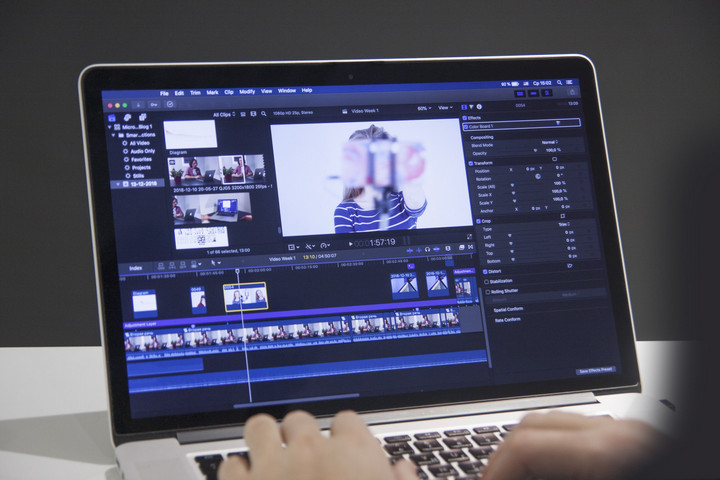
Troubleshooting when problems arise is also up to the users. If you have OpenShot lagging issues, you may get frustrated trying to pinpoint the cause.
But don't worry; we'll help you find the root and fix it. Keep on reading to learn why is your OpenShot video editor lagging and how to solve it.
Why Is OpenShot Video Editor Lagging
First, let's explore the most common reasons why your OpenShot video editor is laggy. Check if any of the possibilities below are familiar to you.
1. Hardware Issues
Video editors have pretty heavy hardware requirements so they can work well. If your system is not up to par, you'll experience lagging issues.
OpenShot Video Editor requires 4 GB of memory and a multi-core processor. It also requires a 64-bit operating system and additional 10 GB of hard disk space.
These minimum requirements are achievable, but it further recommends 16 GB of memory if you want smoother running. If your system doesn't meet the recommended requirements, it can get laggy.
2. Large File Sizes
If you're dealing with a large file size, the software and your computer might not be able to handle it. Even if your system meets the minimum requirements, the video files might still be too big.
In general, laptops aren't suited for heavy-duty tasks like video editing, especially with large file sizes. You can check your hardware specs to see if the problem lies on your computer.
3. Preview Issue
Depending on the extent of your editing, you might experience lagging in preview mode. This can happen when your processor is not powerful enough for the edited video.
You might have put too many transitions or effects. The background music might also affect, as well.
Sometimes, there's an OpenShot laggy issue in preview mode even when there are no effects. In this case, your system might be the culprit.
4. Outdated Software
Updates not only bring new features to a program, but they also make sure it keeps running smoothly. When was the last time you updated the software?
Outdated software can have performance issues aside from security vulnerabilities. Another possibility is that you might have downloaded a previous version of the app.
How to Fix the OpenShot Lag Issues
Now that you're familiar with some of the reasons why your video editor is lagging, it's time to learn how to fix it. Check out what you can do after figuring out the cause.
1. Update Your Software
Before trying any drastic changes, check the video editing software first. Check the latest release version on the website and check yours on your computer.
If there's any update available, download and install it. Make sure you always have the latest update to ensure it will run as it's supposed to.
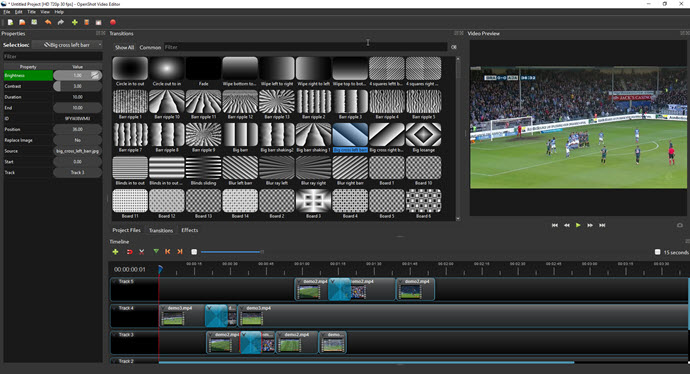
While you're at it, you may also update any other programs you use for video editing. If you happen to use another software for playback, for instance, make sure it's not the problem.
You can also try deleting and reinstalling the software if you suspect it's the cause of lagging. Make sure to install the latest version when doing so.
2. Upgrade Your Hardware
Like we said above, your system may not be powerful enough to handle video editing and playback. In that case, you'll have to upgrade it to serve your needs.
It's recommended to have at least 16 GB of RAM, but the bigger memory, the better. It's easy to buy more RAM, though, so this is an easy fix.
Make sure your processor is up to par, as well. Multi-core Intel i5 is the minimum, but i9 is the best.
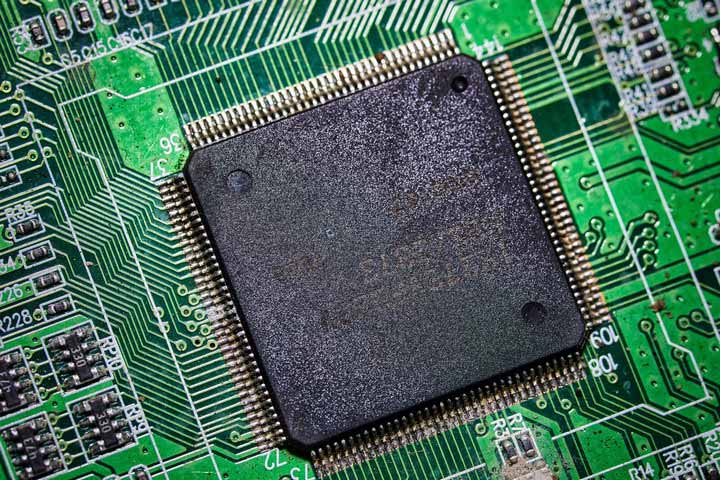
As for the GPU, get the best model you can get your hands on, especially if you want to edit 4K videos. If the graphics card has too little VRAM, it might send its tasks back to the CPU.
You should pay attention to the storage, too. SSD is the better and faster option. You should at least have 256 GB of free space.
If you have a laptop, it can be hard to upgrade your specs. You might have to buy a new one instead.
3. Use GPU Acceleration
If you want to make the most out of your specs, use GPU acceleration. It uses both GPU and CPU to playback accelerated effects without rendering them.
VideoProc Converter AI is one of, if not the best, GPU-accelerated video processing software. It processes real-time videos up to 47 times faster.
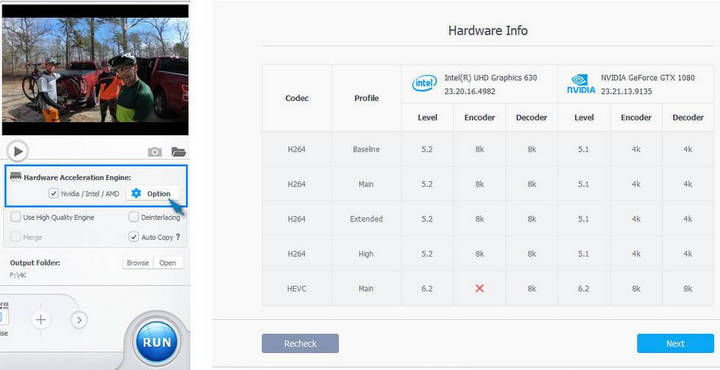
It also has other benefits, like boosting speed without compromising the quality and optimizing the file size. It lowers the burden on the CPU by up to 40%, as well.
Once you have it installed, you'll have to go to the settings to set hardware acceleration. Look for "Option" near "Hardware Acceleration Engine" and then go to "VideoProc Converter AI - Video." Click "Option" again and adjust your desired settings.
4. Make the File Smaller
If you have no other choices, you might have to make the video files smaller. You can compress it so that your computer can better handle it. You'll have to adjust the resolution, frame rate, and bit rate.
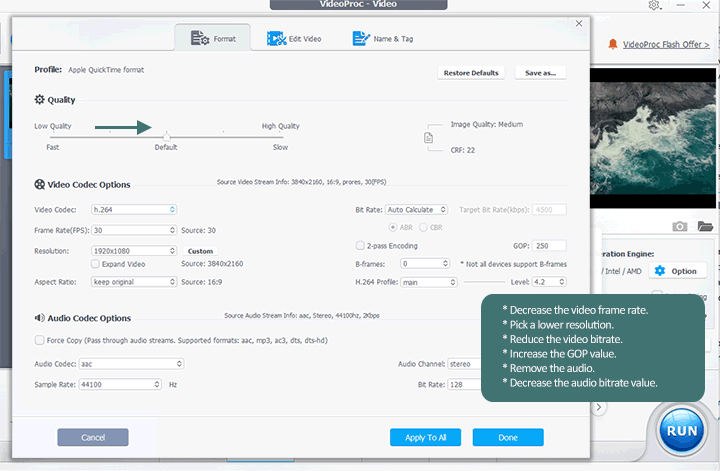
You can use software to reduce the file sizes for you. However, take note that this method may compromise the quality of the video. The best programs can do so without reducing much of the quality, so you have to choose well.
Final Words
Following our tips above, you should be able to fix your OpenShot video editor lagging issues. It all boils down to finding the cause of the issue and then applying the right solution.
For whatever video editing and processing problems you have, we can help. Contact us today and let us know your needs.








